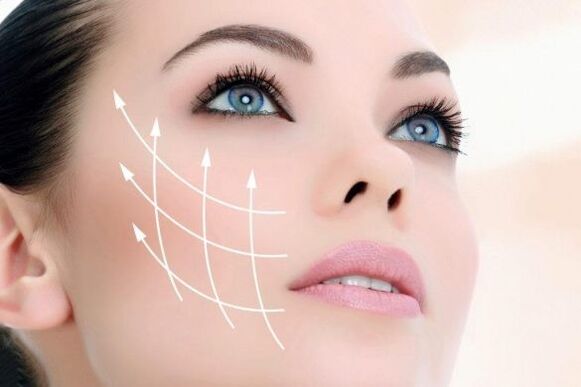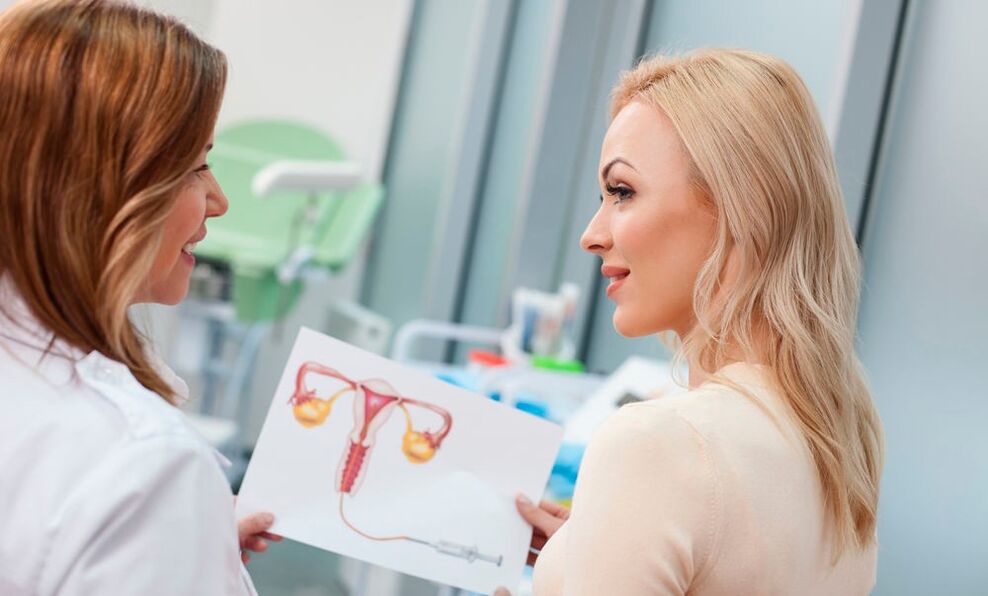You may want to immediately see the results of the rhinoplasty (nose reconstruction) procedure, but the recovery process will be time consuming. During this time, a number of steps can be taken that will speed up the process and ensure proper healing.
Recovery time after rhinoplasty
The average recovery time from rhinoplasty is one year. This may seem old, but becomes more manageable when broken down into time periods. The following steps in recovery from nasal surgery can vary from patient to patient, but usually something like this happens:
1 week after rhinoplasty:Fragments used during rhinoplasty surgery can be removed and you can come out without showing any significant signs of nasal surgery, as long as there are no bruises around the eyes. This may take 2 weeks. It is safe to go on with daily life.
2 weeks after rhinoplasty:A large number of the swelling on the face after rhinoplasty surgery has subsided and most of the bruises are gone.
3-4 weeks after rhinoplasty:You can return to physical activities such as jogging, swimming, and cycling safely.
6 weeks after rhinoplasty:Stable bones, you can resume endurance training (weight lifting), wear glasses, and touch your nose. Minimal injuries are no longer scary.
3-6 months after rhinoplasty:Numbness and unusual sensations in the nasal area should disappear.
1 year after rhinoplasty:The healing process is complete - the swelling will disappear completely.
Is there a way to speed up this timeline after nose surgery? In fact, there are many things you can do to make your recovery from nasal surgery smoother. We recommend the following:
1. Listen to your doctor

First of all, follow your doctor's instructions. You can read 100 of these articles online on rhinoplasty recovery, but none surpasses the information you get from your plastic surgeon. You will receive specific instructions on what medication to take, when to take it, how to treat the surgical site to prevent infection, and when you should return for another checkup.
2. Listen to your body
Your plastic surgeon will be able to see how you are recovering from rhinoplasty, but only you will know how you feel. Listen to your body - if anything goes wrong after your nose, talk to your doctor right away.
3. Keep your head high for a few days or weeks after rhinoplasty

Sleeping next to you after rhinoplasty is not only uncomfortable - it can shorten recovery time by preventing additional bruising and swelling. To avoid shock after rhinoplasty surgery, you should lift your head for 6 weeks after surgery. One of the easiest methods to do this is to lift the head with two or three pillows. You can also sleep in a reclining chair. If you tend to move while sleeping, you can place your head with a travel pillow or surround yourself with a roll towel.
4. Use cold compresses after rhinoplasty
In the first 72 hours after nasal surgery, the use of cold compresses can help reduce swelling. Be careful not to press the compress directly onto your nose. Instead, place it on your cheek to prevent the bone or cartilage from moving inadvertently.
5. Get plenty of rest after rhinoplasty
The congestion you feel after nose surgery makes it difficult for you to fall asleep, but rest is an important part of the recovery process. Your body uses energy to heal itself, and getting seven to eight hours of sleep each night gives your body time to recover that energy.6. Maintain a healthy diet after rhinoplasty

What has eating vegetables got to do with recovering from nose surgery? Very noticeable, actually. A balanced diet after rhinoplasty surgery will help speed up the healing process by providing the body with the nutrients it needs to heal itself.
Protein is an important block of skin, muscle, cartilage and blood. A diet of nuts, meat, eggs, yogurt, fish, and other protein -rich foods will help your body repair damaged tissue in and around your nose.
You also want to make sure that you get plenty of vitamins in your diet, namely vitamin A and vitamin C. Vitamin A, which is commonly found in dark green leaves like spinach and kale, is a great immune booster that can help you fight infections after rhinoplasty surgery. Vitamin C plays an important role in the regeneration of collagen, the protein that connects your skin tissues. Citrus fruits, Brussels sprouts, and broccoli are good sources of vitamin C.
7. Stay Calm After Rhinoplasty Surgery
Saunas, hot showers and scorching heat can be pleasant entertainment, but it’s not so good for your swollen nose. The heat will cause the nasal tissues to swell more, so it’s best to stick to a cool and airy diet, take a warm bath, and stay away from the heat for a few weeks after the rhinoplasty procedure.
8. Don’t blow your nose suddenly and a lot after rhinoplasty.
After doing a runny nose, you may have difficulty breathing for weeks, maybe even months. This sensation is caused by swollen nasal tissue. Resist the urge to blow your nose and talk to your doctor about using nasal salts to gently moisturize your nasal passages until the swelling subsides. You can return to actively blowing your nose 6 weeks after surgery.
How to sneeze? You can't sneeze. Instead, try sneezing through your mouth instead of your nose. It sounds disgusting, but it’s better than damaging the fragile nasal passages and delaying the recovery time of rhinoplasty.
9. Avoid strenuous exercise after rhinoplasty

In most patients, the nasal bone will heal after surgery. Continuous exercise should be avoided during this time. Even harmless movements such as stretching, lifting, or bending can increase nasal swelling. Wait for the doctor to give you the green light to return to your normal activities after undergoing rhinoplasty before you start easing your exercise.
10. Do not wear glasses after rhinoplasty
Sunglasses, reading glasses, prescription glasses - anything that puts pressure on the nose during healing can cause bruising, swelling, or additional dents that require a second rhinoplasty.
Your plastic surgeon will advise you when to start wearing glasses again. In the meantime, switch to contact lenses if you can. If you can’t, wear the lightest frame possible, and wear it only when needed. If necessary, you can place the fragments under the glasses, which are in the nose after rhinoplasty. It can be used with any glass.
11. Keep away from sunlight after rhinoplasty
It is very useful to protect the skin from too much sunlight exposure, but this is especially important after nasal surgery. Too much sunlight not only makes the nose more susceptible to sunburn for weeks and months after the procedure, but can also cause the scars to darken and the swelling to become more severe.
12. Do not smoke before and after rhinoplasty
Before and after nasal surgery, it is important not to smoke and, if possible, avoid cigarette smoke. Nicotine contained in tobacco products restricts blood flow, makes it difficult for the body to heal itself and interferes with recovery from plastic surgery and especially nasal surgery.
13. After rhinoplasty, be patient!
First of all, be patient. You will recover and get the rhinoplasty results you want - it just takes time. The above steps will not change the one-year recovery process into one week, but will help speed up the process and improve postoperative rhinoplasty outcomes.
The recovery process after rhinoplasty is different for each patient. But since you schedule your first rhinoplasty consultation, your doctor will accompany you every step of the way. If you have questions about the recovery or the procedure itself, don’t hesitate, contact your doctor by phone or fill out an online contact form.
When reviewing rhinoplasty
When your nose surgery doesn’t give the desired results, that can be a huge disappointment. After spending a large amount of money and dealing with a long and uncomfortable recovery, you may face this horrible problem.
Either way: you are not alone. About one-third of patients are advised of possible nasal correction or reoperation.
The good news is that in some cases it is possible to achieve the desired appearance through non -surgical methods. But when it comes to rhinoplasty revision, follow these five steps to get ready to do a rhinoplasty revision.
1. Make sure your nose is completely healed after the first rhinoplasty surgery

First of all, your nose needs to fully recover from the first rhinoplasty to withstand another procedure. It usually takes a year to wait for revision rhinoplasty. Premature revision surgery may not be allowed because it cannot resolve all postoperative problems. For this reason, it is recommended to discuss the nasal re -examination procedure only 12 months after the initial rhinoplasty.
2. Choose a new facial plastic surgeon carefully.
Revision of rhinoplasty is more difficult than initial rhinoplasty because there are many complex problems that need to be addressed with already treated nasal tissue. This requires a plastic surgeon with experience and knowledge to overcome possible unexpected problems.
Certification as a specialist is very important, but a qualified review rhinoplasty surgeon should also actively pursue his or her studies.
Dr. Farrior writes about himself this way: . . . . I use myself as an example until you know which doctor to look for: I have taught rhinoplasty and revised rhinoplasty nationally and internationally and have published many articles and book chapters on this topic. In 2013, I was elected President of the American Academy of Facial Plastic and Reconstructive Surgery and a former President of the Florida FPS Society.
3. How to decide to schedule a revision rhinoplasty
Rhinoplasty review is relatively simple - or very complex. It all depends on the following:
- What is the degree of abnormality caused by the first rhinoplasty procedure?
- How much nasal septal cartilage was removed during the first rhinoplasty procedure?
- What are the characteristics of your skin.
- What is the nasal airway route after rhinoplasty.
The only way to find out all of the above is to schedule a consultation. During the physical examination, your surgeon will be able to determine if there is a significant loss of structural support during primary rhinoplasty. If it does occur, then often with recurrent rhinoplasty, cartilage grafting should be performed. Such a transplant can be obtained from the septum, which, according to rhinoplast surgeons, is the best source of material for correction.
If the previous septal cartilage is removed or damaged, it may be necessary to harvest the cartilage from the ears or ribs. Each of these types of transplants has pros and cons that will be discussed during the consultation.

4. Get complete information from your previous rhinoplast surgeon
A plastic surgeon can tell a lot of things just by looking at your nose. But to give you the maximum amount of information during the consultation, it is best to get and provide a pre-rhinoplasty picture and a summary of your operation from a previous surgeon.
I understand that this may be an unpleasant request for some patients, but there is nothing embarrassing and forbidden in this regard. Medical records are your property that you share with your doctor, not the other way around.
5. Plan to review the cost of rhinoplasty
Revision rhinoplasty usually takes 2 to 5 hours and is performed under general anesthesia. It requires limited physical activity for six weeks after surgery. Splints remain in place for eight days after surgery, and some degree of nasal congestion and swelling will occur at the same time. More detailed information on postoperative restrictions will be discussed during the consultation.
Because of the complexity and time spent on rhinoplasty more than on the first rhinoplasty, the cost is higher. Typically, a revision rhinoplasty costs 50-100% more than a primary rhinoplasty.
If your new nose isn’t what you expected, it’s time to take the next step - get professional advice.




















